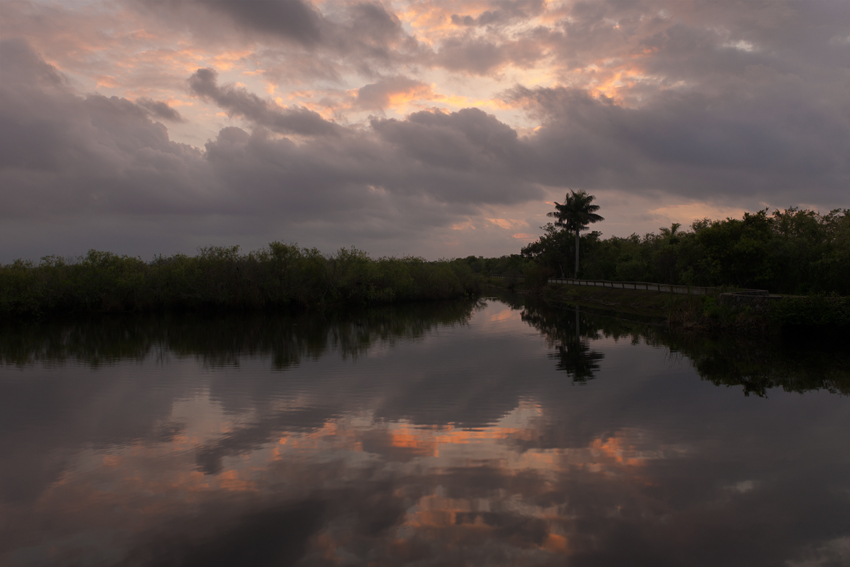This isn’t strictly photography-related, but can be for anyone using any Apple product. All customer service should be like this!
The weekend before this past one, I upgraded to an iPhone 6. While I was in the AT&T store, I had to log into my iTunes account with my Apple ID in order to get the phone activated. When I went to do that, I was told (well, on the screen) that I had to change my Apple ID to an email address. My Apple ID had always been a series of letters, but not an email address.
I changed it as requested, and it worked great in the store.
When I got home, I tried to get all my apps on my new phone through iTunes. The apps copied over just fine, but I couldn’t use the ones I had bought, and none of them would update. I kept getting an error message that they were bought using a different Apple ID, so were not authorized on this phone. I checked all settings, and tried several things, but to no avail.
After searching the Apple site for a solution, I sent a message via their site stating my problem. Within a second of clicking Send, my phone rang. It was Apple. I was shocked it was even possible for the call to have been made so quickly. The message said they had received a request for help, but there might be a delay on the phone due to call volume. Yet within a minute, I was talking to a live person! He checked a couple things, then said I would need to talk to a specialist. He said they were quite busy at night (and this was a Sunday night); it would likely be at least 45 minutes on hold. Mornings are always better. Could they call me at 8:45 in the morning? I was impressed, but still skeptical. Continue reading









